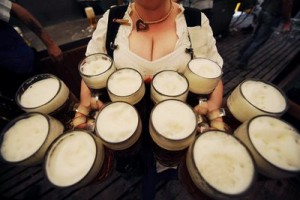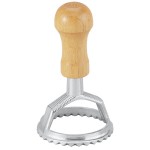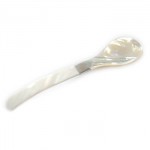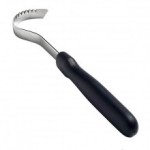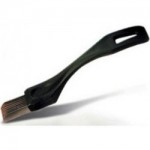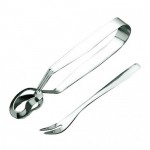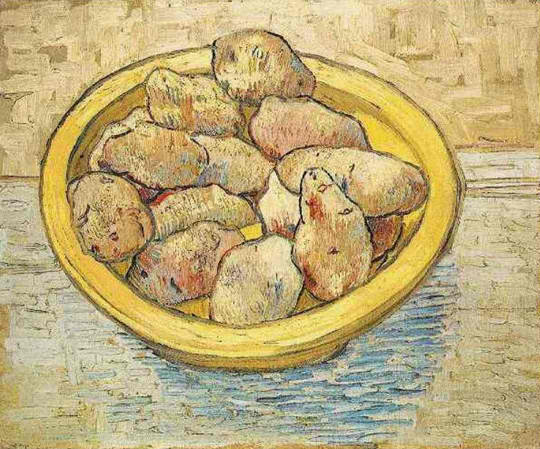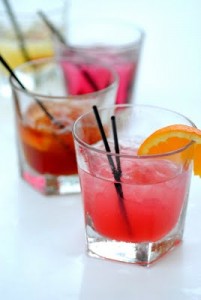Goddamn hallelujah it is tomato season! The seedlings I planted in May have exploded into thickets of green and red. When water from the sprinkler hits the leaves, the sweet, sharp smell of their insides blooms up. When I try to arrange one branch this way or another vine that way, the delicate green-white outer skin rubs off, leaving a seeping window into a deeper, interior green.
I don’t want those tears. You don’t either. But tomatoes are scraggly, lurching vines. Without some kind of support, they really would weave through and around themselves along the ground into thickets.
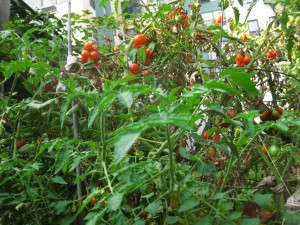
A case in point. Notice that I'm double-teaming with both a dippy cage and a craptastic bamboo stake. Notice that I've already tried to bundle the beast into some sort of manageable order. Notice how Nature laughs at me.
And tomato cages only do so much good. That is, if you’re giving your tomatoes the sun and the water they need, they will outgrow any cages I’ve ever seen at the hardware store. And stakes are a joke, which doesn’t mean I don’t have some from back in the day that I will continue to use until they’re splinters.
But you need to tie the limbs of your tomato plant up to support of some sort or another. If you don’t, you’ll end up breaking branches when you pick the fruit. The bounty is just too heavy for the source. Continue reading

